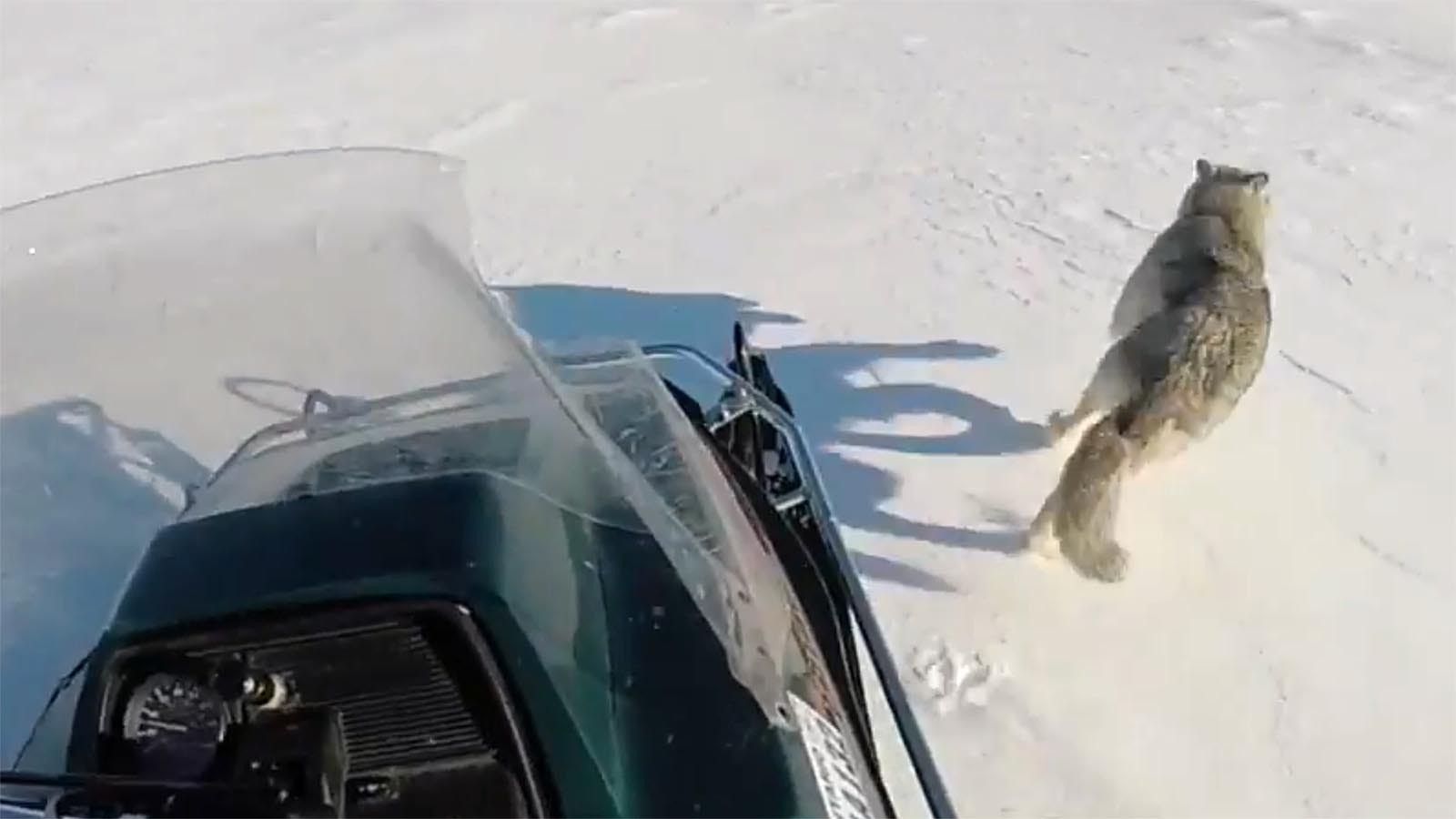To save Wyoming wildlife from getting tangled up in fences and dying, it helps to know where the fences are, and what condition they’re in, researchers say.
“Everybody knows there’s a lot of roads in Wyoming, and they know where the roads are. Everybody also knows there’s lots of fences, but we’re not really sure where they all are,” Kristin Barker told Cowboy State Daily.
Barker is a researcher with the Beyond Yellowstone Living Lab – a team of experts involved in ecology and conservation in the Greater Yellowstone Ecosystem. They led the 2024 Absaroka Front Fence Inventory in Northwest Wyoming.
It’s hoped that study is just the beginning of a comprehensive inventory of fences across Wyoming and the West, she said.
The study focused on the Absaroka mountain range front in the eastern Greater Yellowstone Ecosystem, particularly in the Basin grazing allotment of the Shoshone National Forest. And also, the Oregon Basin and Y U Bench in the Bureau of Land Management’s Cody region.
More than 155 miles of fences were mapped and measured. That included 27 miles revealed to be in need of repair or modifications to make them safer for deer, elk, antelope, bighorn sheep and other wildlife.
Also, more than 300 miles worth of incorrect listings or locations of fences were removed from databases and maps, according to a summary of the study.

Knowledge Helps Focus Efforts
There are ongoing efforts to save wildlife from getting entangled in and killed by fences. But without a clear inventory of what’s out there, it’s difficult to focus work and funds where they are most needed, Barker said.
Mapping out fence locations gives biologists and wildlife conservationists a clear picture of where the fences are in relation to wildlife migration routes, she said.
If fences aren’t in areas where animals are typically passing through, people will know to focus their efforts elsewhere, she said.
And getting people out into the field and eyes directly on fences that intersect wildlife migration routes is hugely helpful, Barker said.
If a fence is in good condition, or already “wildlife friendly,” then it can just be left as-is. Other fences might need to be modified to make it safer for deer and elk to jump over, or antelope to crawl under it.
And older fences that nobody is using to contain livestock can simply be removed.
‘Wildlife Friendly’
For deer and elk, the biggest risk is getting their legs or hooves entangled in barbed wire when they try to jump a fence but fail to clear it, Barker said.
Antelope usually die when they get snagged while trying to crawl under fences.
“They’re built for speed, not for jumping,” Barker said.
A study led by Utah State University concluded that one ungulate (deer, elk or antelope) gets entangled and dies for about every two and a half miles of fence.
Barker said it’s unclear whether that figure applies in Wyoming and elsewhere across the west, but during the Absaroka Front Fence Inventory, the carcasses of several animals were found.
According to another, unrelated study this year led by the University of Wyoming, many antelope in Wyoming’s Red Desert region got lost and died during the severe winter of 2022-2023, when they hit fences that they couldn’t cross.
Wildlife friendly fencing can cut down on the death toll. It involves building fences that are short enough for deer and elk to easily clear the top wires, but still tall enough to contain livestock.
And the bottom strand of barbed wire can be replaced with smooth wire, allowing antelope to scramble under without getting caught.
Predators Take Advantage
Barker said it isn’t clear if, or how fences affect predators such as wolves and grizzly bears.
Biologists will sometimes retrieve data from tufts of grizzly hair that gets stuck on barbed-wire fences, but there’s no indication that the fences regularly entangle bears, she said.
And wolves might use fences to their advantage, she said.
Wolf packs in some cases might have figured out how to drive prey animals toward fences, cutting off their escape.
“I’ve heard ranchers say that they’ve seen wolves do that with prey,” Barker said.
Mark Heinz can be reached at mark@cowboystatedaily.com.





